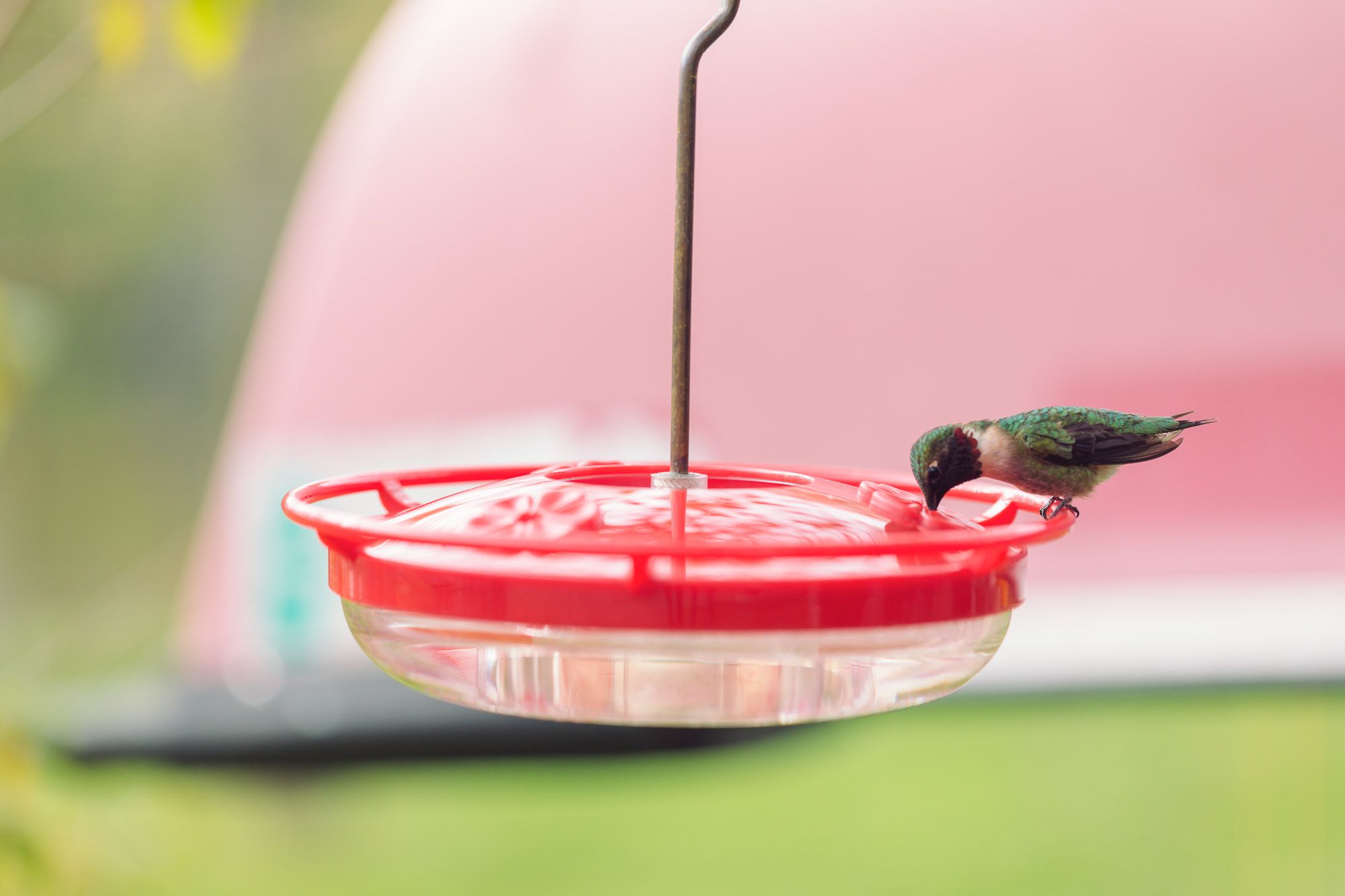

Articles
How To Store Hummingbird Nectar
Modified: December 7, 2023
Looking for articles on how to store hummingbird nectar? Discover effective tips and techniques to ensure your nectar stays fresh and attracts these beautiful birds.
(Many of the links in this article redirect to a specific reviewed product. Your purchase of these products through affiliate links helps to generate commission for Storables.com, at no extra cost. Learn more)
Introduction
Welcome to the world of hummingbirds, those tiny, vibrant creatures that bring joy and fascination to any garden. One of the keys to attracting and maintaining a healthy hummingbird population is providing them with the essential fuel they need – nectar. Nectar serves as their main source of energy, supplying them with the carbohydrates necessary for their fast-paced lifestyle.
While many people opt for store-bought hummingbird nectar, making your own at home can be a rewarding and cost-effective alternative. Not only does homemade hummingbird nectar allow you to control the ingredients used, but it also enables you to store it in different ways depending on your needs.
In this article, we will delve into the world of hummingbird nectar storage. We will explore various methods, such as refrigeration, freezing, and storing at room temperature, to ensure that your homemade nectar remains fresh and nutritious for our feathered friends.
Key Takeaways:
- Proper storage of homemade hummingbird nectar is crucial for maintaining its freshness and nutritional value. Whether refrigerating, freezing, or storing at room temperature, regular monitoring and cleanliness are key to providing a healthy fuel source for these delightful birds.
- Homemade hummingbird nectar offers the flexibility to control ingredients and storage methods. By following simple guidelines and using clean containers, you can ensure a steady supply of fresh and enticing nectar for your vibrant garden visitors.
Read more: How To Use A Glass Nectar Collector
What is Hummingbird Nectar?
Hummingbird nectar is a sweet liquid that mimics the natural nectar found in flowers, making it an ideal food source for these tiny birds. It typically consists of a simple mixture of sugar and water, providing the necessary carbohydrates that hummingbirds require for their high-energy activities.
When selecting the perfect combination, the key is to strike the right balance of sweetness. The recommended ratio for homemade hummingbird nectar is 1 part sugar to 4 parts water. This ratio closely resembles the natural sugar concentration found in flowers and provides the proper nourishment for hummingbirds without being too concentrated. Using this ratio will help prevent any negative impacts on their health.
It’s important to note that hummingbirds do not require any additional additives in their nectar. Avoid using honey, artificial sweeteners, or food coloring, as these can be harmful to hummingbirds and may lead to their decline.
Creating your own hummingbird nectar is a simple process. Dissolve the sugar in boiling water, allow it to cool, and then fill your hummingbird feeder. It’s important to prepare only the amount of nectar that can be consumed within a few days to ensure its freshness and quality.
Making Homemade Hummingbird Nectar
Making your own hummingbird nectar is not only easy but also gives you complete control over the quality of the ingredients. Here is a step-by-step guide to creating your homemade hummingbird nectar:
- Start by boiling water. For each batch of nectar, you will need to use a ratio of 1 part sugar to 4 parts water. For example, if you want to make 2 cups of nectar, you will need 1/2 cup of sugar and 2 cups of water.
- Once the water is boiling, add the sugar and stir until completely dissolved. It’s important to use white granulated sugar, as it closely matches the natural sugar composition found in flowers. Avoid using brown sugar, powdered sugar, or any other alternatives as they may not be as suitable for hummingbirds.
- Allow the mixture to cool before filling your hummingbird feeder. It’s crucial to ensure that the nectar is at room temperature before adding it to the feeder to prevent any damage to the feeder or potential harm to the hummingbirds.
- Fill your hummingbird feeder with the homemade nectar. Make sure to clean the feeder thoroughly before each refill to prevent the growth of harmful bacteria or mold.
Remember, only prepare the amount of nectar that can be consumed within a few days. Hummingbird nectar can spoil quickly, especially in warm weather, so it’s important to monitor the feeder and replace the nectar if it becomes cloudy or discolored.
By making your own hummingbird nectar, you have the flexibility to adjust the amount based on your hummingbird activity and preferences. Plus, with the satisfaction of providing a healthy and natural food source, you’ll be rewarded with the delightful presence of these fascinating creatures in your garden.
Storing Hummingbird Nectar in the Refrigerator
Refrigeration is one of the most common and effective methods for storing hummingbird nectar. By keeping the nectar chilled, you can extend its freshness and prevent spoilage for a longer period of time. Here are some important tips for storing hummingbird nectar in the refrigerator:
- Allow the nectar to cool to room temperature before placing it in the refrigerator. This helps to avoid condensation build-up inside the container, which can potentially contaminate the nectar.
- Transfer the nectar to a clean and sterilized glass or plastic container with an airtight lid. Make sure the container is specifically designated for food storage and is thoroughly cleaned to prevent any potential contamination.
- Label the container with the date of preparation and the contents (e.g., hummingbird nectar), as this will help you keep track of its freshness and distinguish it from other liquids in the refrigerator.
- Place the container in the coldest part of the refrigerator, usually on one of the lower shelves towards the back. Refrigerators tend to have varying temperature zones, and this placement will help maintain a consistently cold temperature for the nectar.
- Regularly check the nectar for any signs of spoilage, such as cloudiness, mold, or an off smell. If you notice any changes in the appearance or smell, it’s best to discard the nectar and prepare a fresh batch to ensure the health of the hummingbirds.
It’s important to note that hummingbird nectar can typically be stored in the refrigerator for up to one to two weeks. However, if you notice any signs of spoilage before that time, it’s crucial to discard it immediately and replace it with fresh nectar. Regularly replenishing the nectar in your hummingbird feeder will ensure a healthy and inviting environment for these delightful birds.
By following these simple storage tips, you can maximize the lifespan of your homemade hummingbird nectar and continue to provide a nutritious fuel source for your feathered friends.
Store hummingbird nectar in a clean, airtight container in the refrigerator for up to one week. Make sure to clean and sanitize the container before each use to prevent mold and bacteria growth.
Storing Hummingbird Nectar in the Freezer
Freezing is another viable method for storing hummingbird nectar, especially if you have prepared a larger batch that you won’t be able to use within a few weeks. Freezing the nectar can help extend its shelf life and ensure its freshness. Here’s how you can properly store hummingbird nectar in the freezer:
- Allow the nectar to cool to room temperature before transferring it into freezer-safe containers. It’s important to use containers specifically designed for freezer storage to prevent freezer burn and maintain the quality of the nectar.
- Pour the nectar into the containers, leaving some headspace to allow for expansion as the liquid freezes. It’s best to label each container with the date of preparation and the contents (e.g., hummingbird nectar) for easy identification.
- Seal the containers tightly to prevent any air or moisture from entering. This will help maintain the freshness and integrity of the nectar during storage.
- Place the containers in the freezer, ideally in the coldest part of the freezer where the temperature remains consistently low. Avoid placing them near the freezer door to minimize temperature fluctuations.
- When you’re ready to use the stored nectar, simply remove the container from the freezer and allow it to thaw in the refrigerator. Thawing the nectar slowly in the refrigerator will help maintain its quality without any sudden temperature changes.
- Once the nectar has thawed completely, give it a gentle stir to ensure that the sugar is uniformly distributed. Inspect the nectar for any signs of spoilage, such as cloudiness or an off smell, and discard it if any abnormalities are detected.
While frozen hummingbird nectar can be stored for a longer period, it’s important to note that freezing and thawing may affect the texture or consistency of the nectar. However, it will not alter the nutritional value for the hummingbirds.
Remember to use the frozen nectar within a reasonable time frame to ensure its freshness and quality. Regularly monitoring the stored nectar and replenishing the feeder with fresh nectar will provide a consistent and nutritious food source for your hummingbird visitors.
Read more: How To Assemble A Nectar Bed Frame
Storing Hummingbird Nectar at Room Temperature
Storing hummingbird nectar at room temperature is an option if you plan to use it within a short period. However, it’s important to note that nectar stored at room temperature will have a shorter shelf life compared to refrigeration or freezing. Here are some guidelines for storing hummingbird nectar at room temperature:
- Allow the nectar to cool to room temperature before transferring it into a clean and sterilized container. Using a container with a tight-fitting lid is essential to prevent any contamination.
- Label the container with the date of preparation and the contents (e.g., hummingbird nectar), as this will help you keep track of its freshness.
- Find a cool and dark location in your home, away from direct sunlight or any sources of heat. Excessive heat can speed up the fermentation process, leading to the spoilage of the nectar.
- Regularly monitor the nectar for any signs of fermentation or spoilage, such as cloudiness, mold, or a foul odor. If you notice any changes in the appearance or smell, it’s crucial to discard the nectar immediately and replace it with a fresh batch.
It’s important to note that nectar stored at room temperature can typically last for a few days up to a week. However, the exact shelf life will depend on factors such as temperature and humidity in your location. Warmer and more humid environments may cause the nectar to spoil more quickly.
If you anticipate not being able to use the nectar within a week or faced with hot and humid conditions, it’s best to opt for refrigeration or freezing methods to maximize the freshness and quality of the nectar.
By following these simple guidelines, you can store hummingbird nectar at room temperature for a short period, ensuring that your feathered visitors have access to a fresh and nutritious food source.
Tips for Properly Storing Hummingbird Nectar
Proper storage of hummingbird nectar is essential to maintain its freshness and nutritional value. Here are some tips to help you store hummingbird nectar effectively:
- Only prepare the amount of nectar that can be consumed within a few days. Hummingbird nectar can spoil quickly, so it’s best to make fresh batches regularly.
- Use clean and sterilized containers specifically designated for food storage. Avoid using containers that may have held chemicals or cleaning agents, as these can contaminate the nectar.
- Label the containers with the date of preparation and the contents. This allows you to keep track of its freshness and distinguish it from other liquids in your storage.
- Choose the right storage method based on your needs:
- – Refrigeration: Ideal for short-term storage, typically up to one to two weeks. Ensure the nectar is at room temperature before placing it in the refrigerator.
- – Freezing: Suitable for storing larger batches for a longer period. Use freezer-safe containers and thaw the nectar slowly in the refrigerator when ready to use.
- – Room Temperature: Only recommended for short-term storage, usually within a few days. Keep the nectar in a cool and dark location away from heat sources.
- Regularly check the stored nectar for any signs of spoilage, such as cloudiness, mold, or an off smell. Discard any nectar showing abnormalities to prevent potential harm to the hummingbirds.
- Keep your hummingbird feeder clean and free from contamination. Rinse the feeder thoroughly before each refill to remove any bacteria or mold that may have formed.
- Consider the temperature and humidity in your area. Warmer and more humid climates may accelerate the spoilage of nectar. If necessary, adjust your storage method accordingly, opting for refrigeration or freezing.
By following these tips, you can ensure that your homemade hummingbird nectar stays fresh, nutritious, and appealing to these charming and energetic birds. Your efforts in proper storage will provide them with a steady supply of fuel, enhancing their health and happiness in your garden.
Conclusion
Congratulations! You now have a comprehensive understanding of how to store hummingbird nectar properly. By following these guidelines, you can ensure that your homemade nectar remains fresh, nutritious, and enticing to the hummingbirds that visit your garden. Whether you choose refrigeration, freezing, or room temperature storage, each method has its own benefits and considerations.
Remember, preparing only the amount of nectar that can be consumed within a few days is vital to maintaining its freshness. Regularly monitoring the nectar for any signs of spoilage and cleaning your hummingbird feeder will provide a healthy feeding environment for these delightful creatures.
Throughout this article, we have emphasized the importance of using simple ingredients, avoiding additives or artificial sweeteners, and maintaining a proper balance of sweetness to match the natural nectar found in flowers. Your dedication to providing the best food source for hummingbirds will be rewarded with their continued presence and enjoyment in your garden.
So, get out there and create your homemade hummingbird nectar, store it with care, and watch as these vibrant and fascinating birds grace your garden with their presence. The joy of attracting hummingbirds and contributing to their well-being is a truly rewarding experience for any nature enthusiast. Happy birdwatching!
Frequently Asked Questions about How To Store Hummingbird Nectar
Was this page helpful?
At Storables.com, we guarantee accurate and reliable information. Our content, validated by Expert Board Contributors, is crafted following stringent Editorial Policies. We're committed to providing you with well-researched, expert-backed insights for all your informational needs.
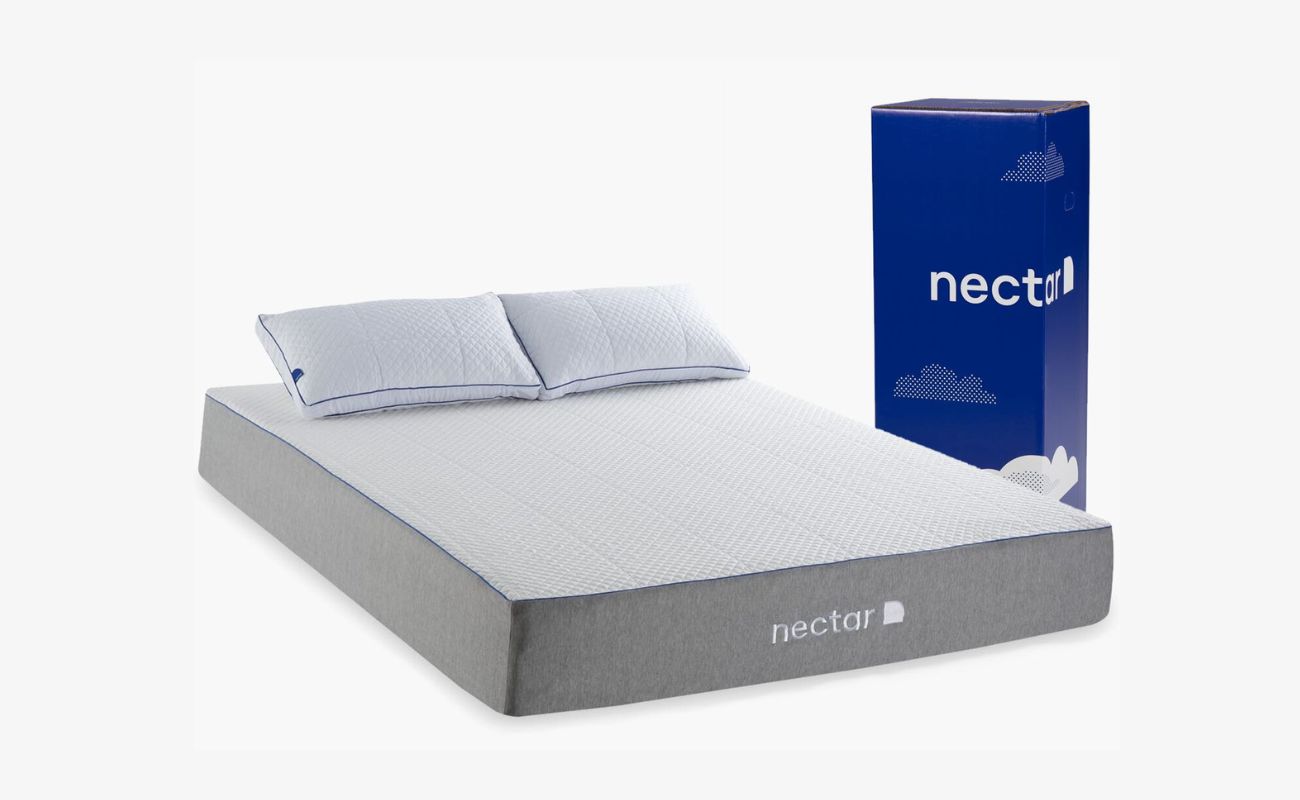
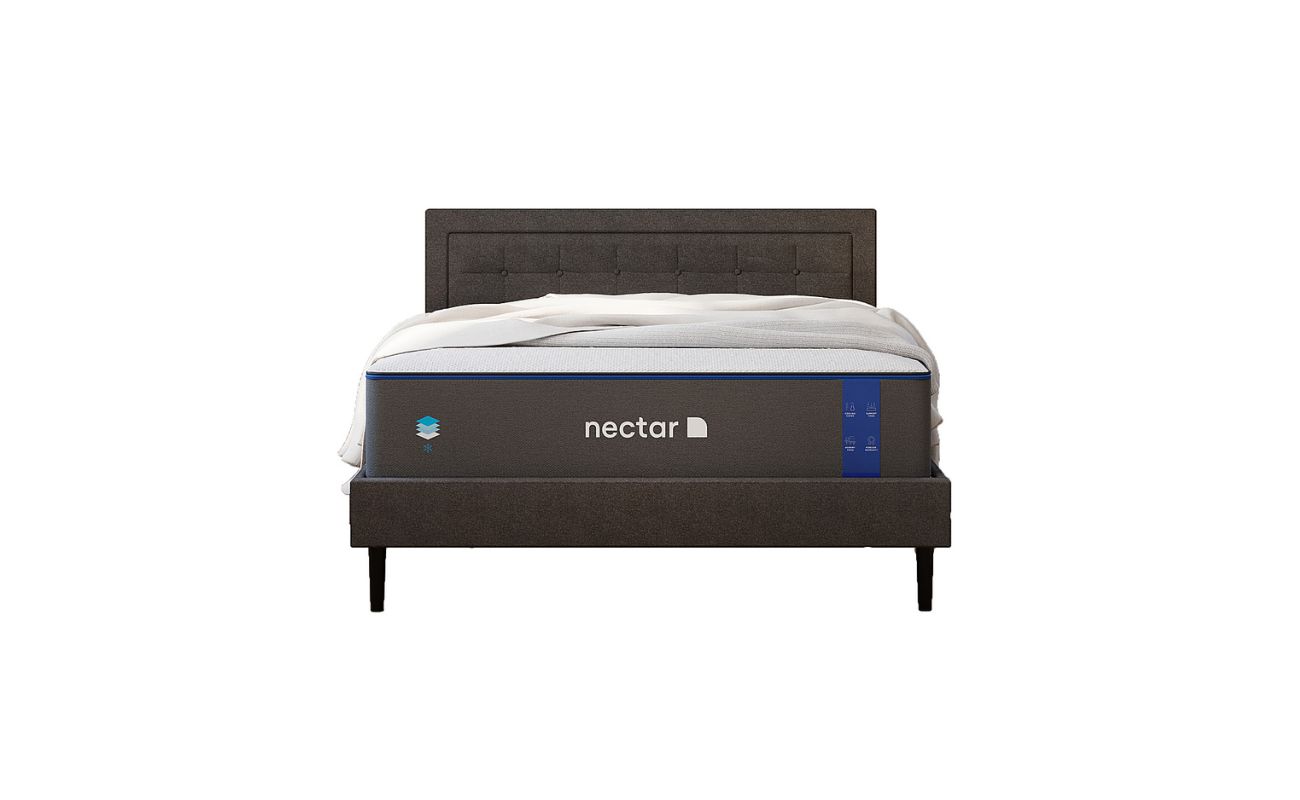


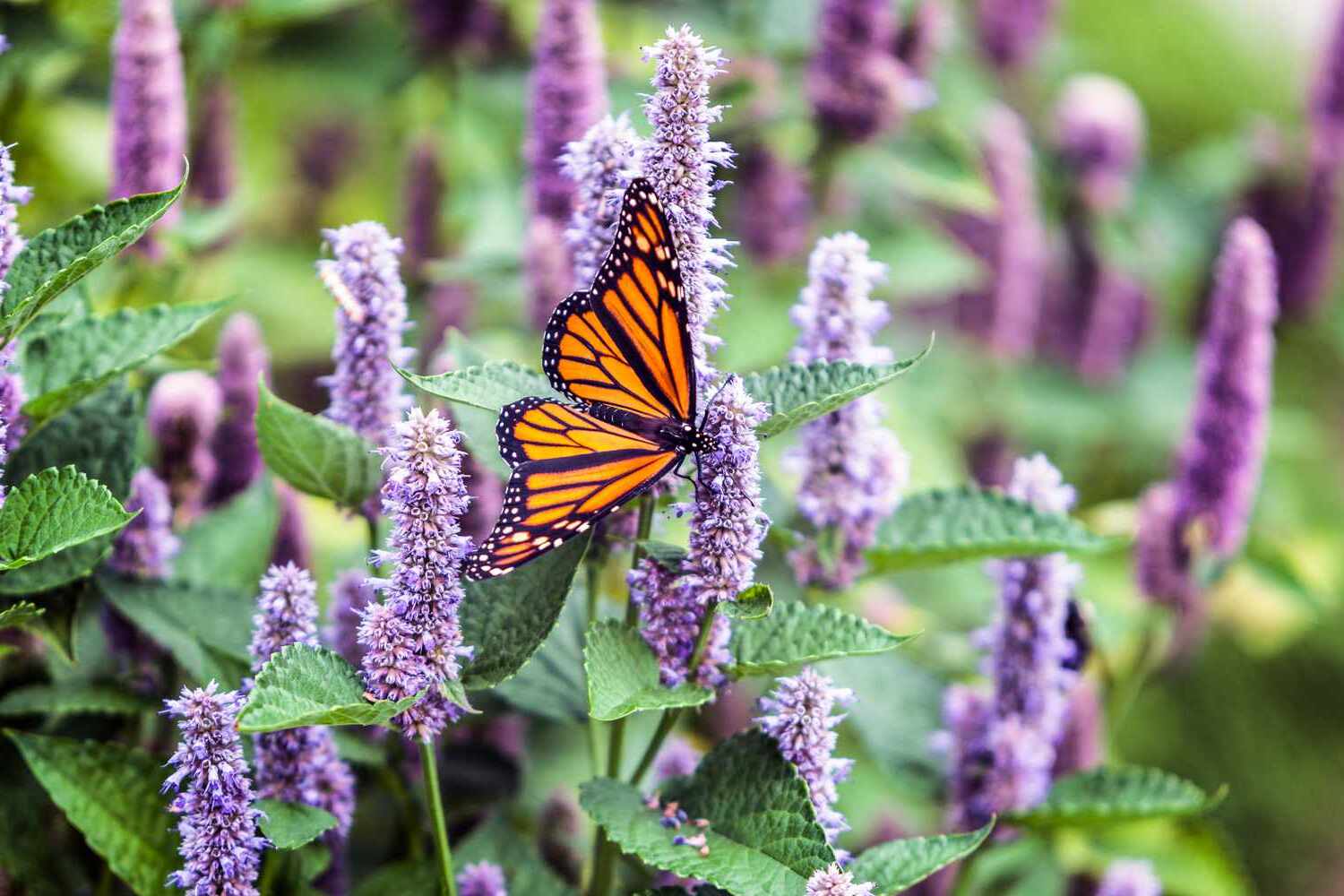
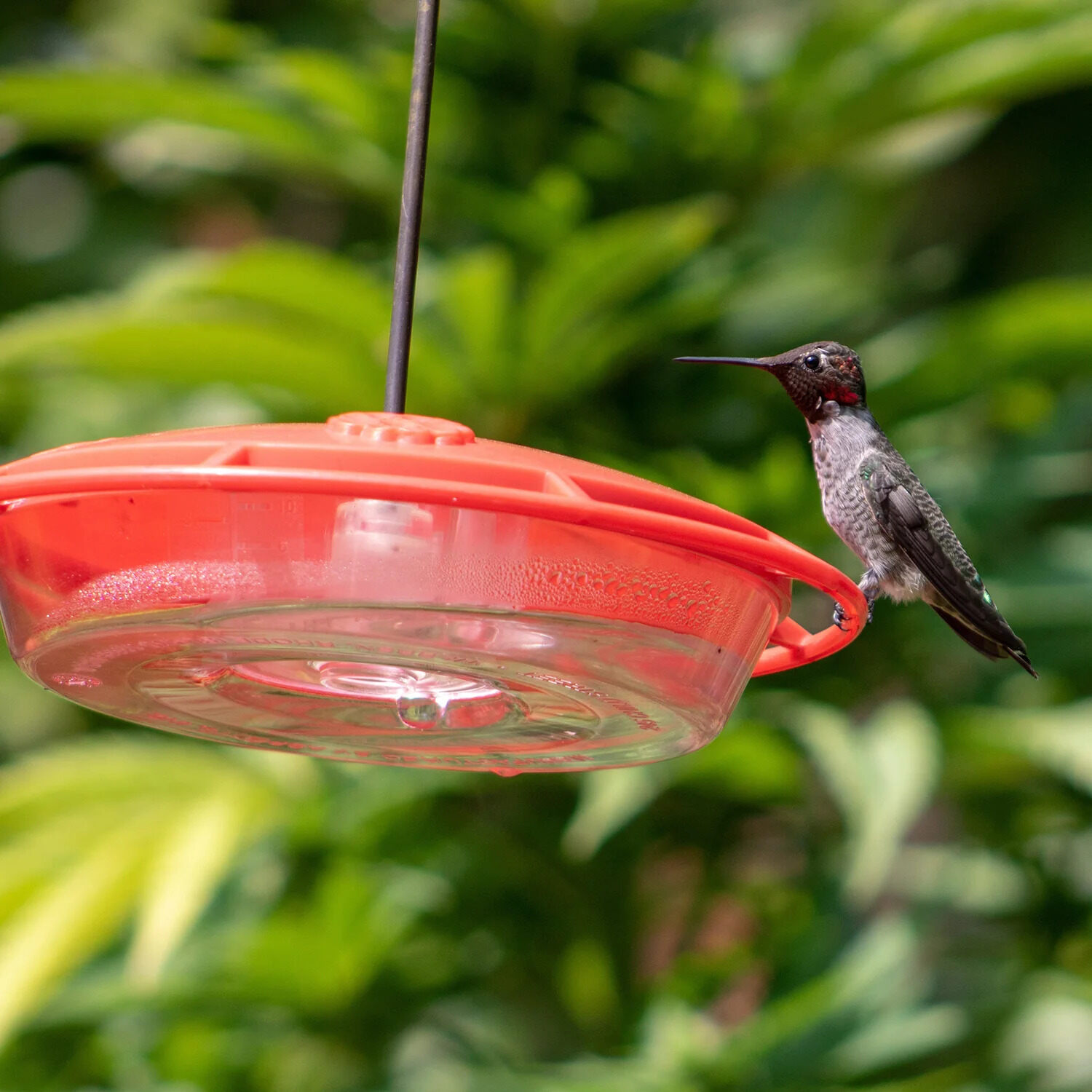

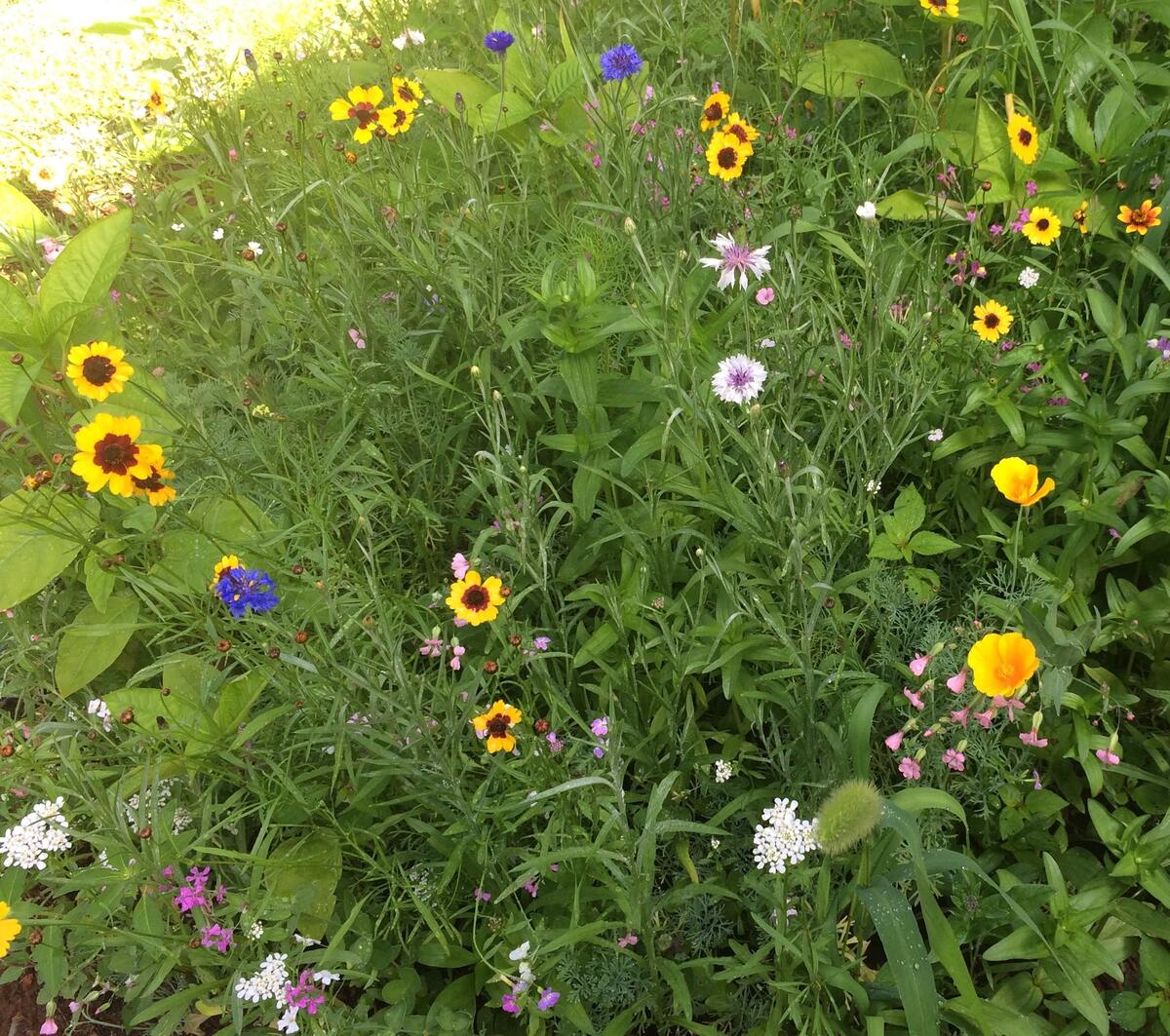
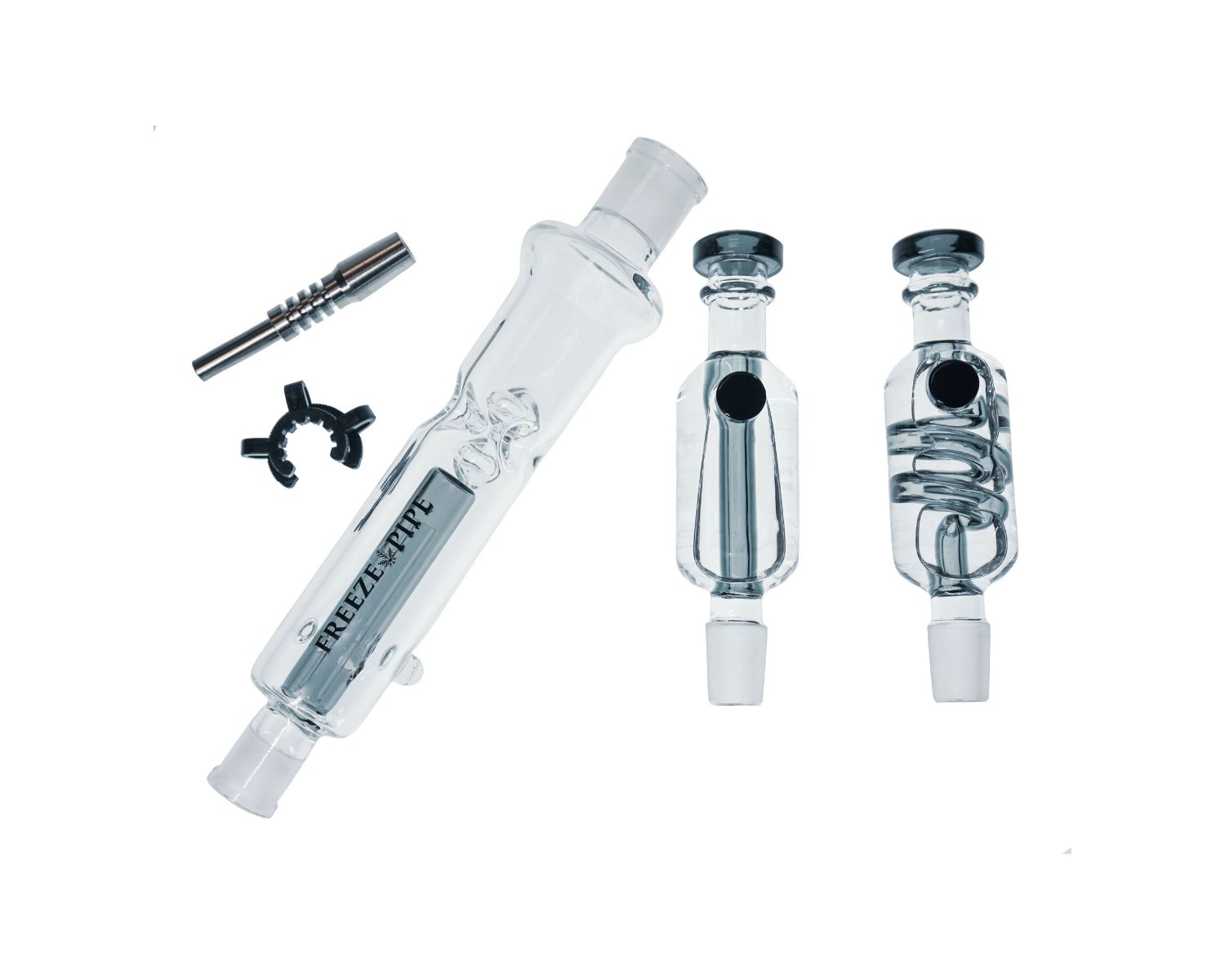



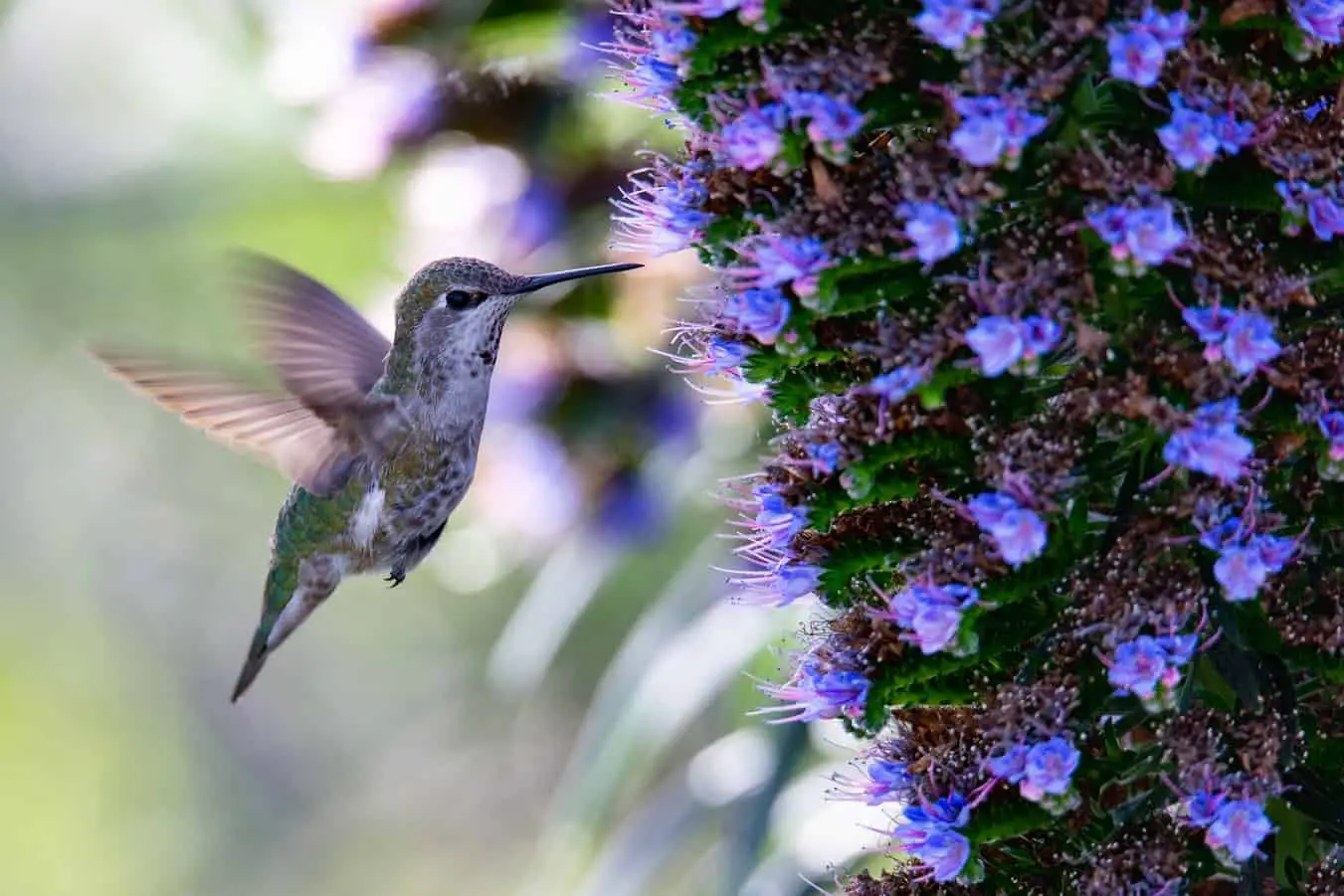
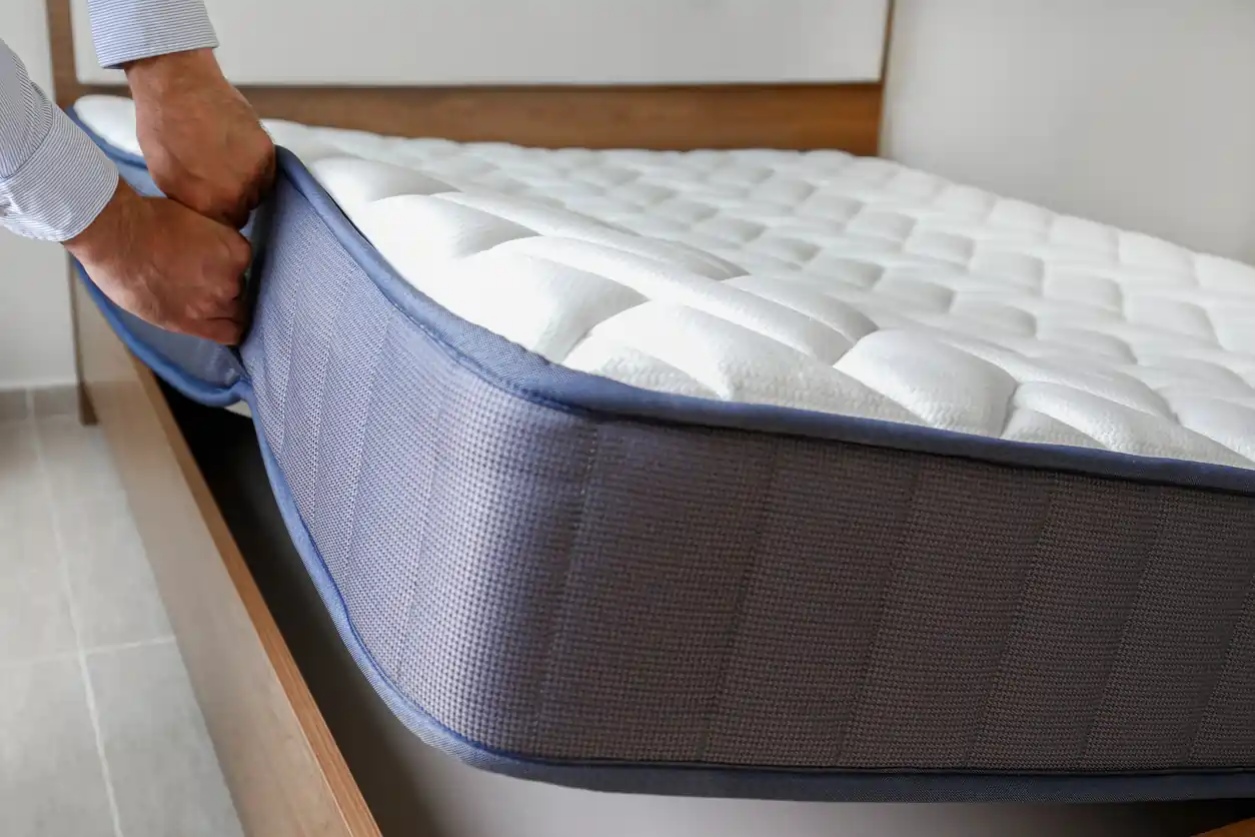

0 thoughts on “How To Store Hummingbird Nectar”